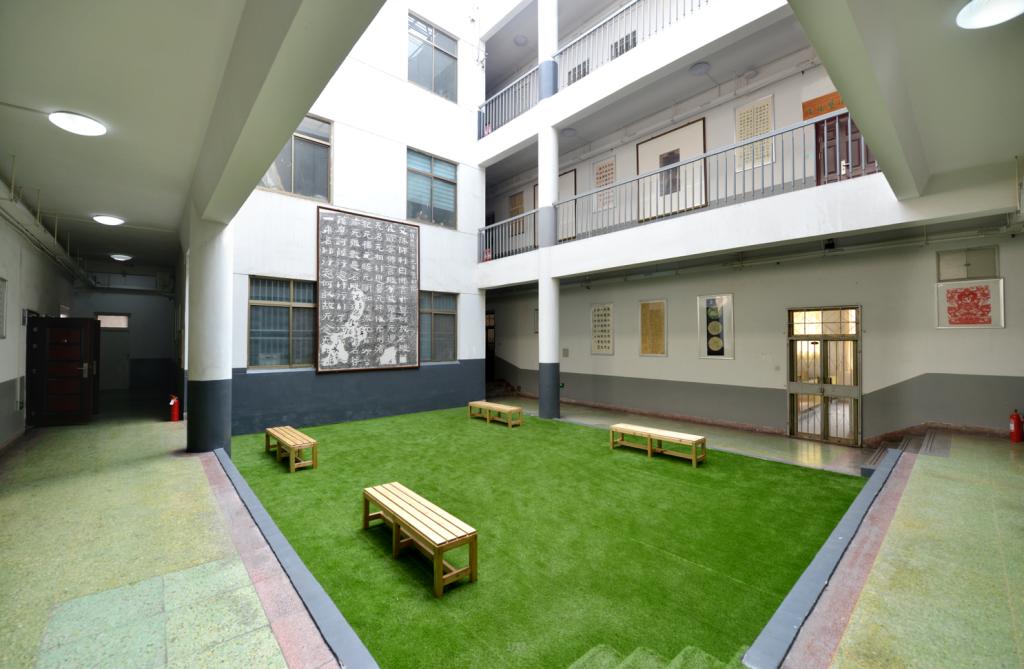
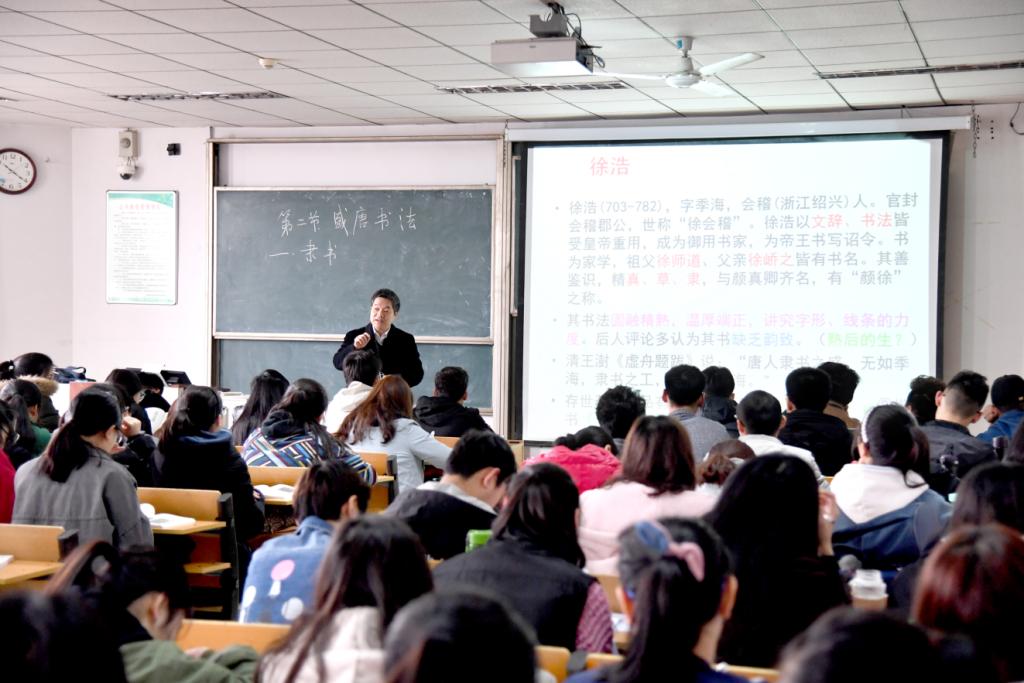
The Calligraphy School was founded in 2003. It was originally called the Department of Calligraphy. In 2012, it was renamed the Calligraphy School. It is a secondary school with an independent system. The purpose of our school is to uphold and inherit the concept of Chinese calligraphy culture and art, meanwhile to carry forward the Chinese excellent traditional culture in the study of calligraphy theory, calligraphy education and calligraphy practice. Graduates can not only work as teachers or researchers in colleges and schools but also can engage in Chinese literature teaching and researching. They can also work at the cultural departments, news media for calligraphy creation, editing, and commentary.
We have established a complete undergraduate, postgraduate and doctoral graduate education system. The undergraduate major is Calligraphy (professional code: 130405T), which is equipped with three training directions: calligraphy, seal cutting, and modern lettering; Master's degree is in the direction of art theory (First Grade Discipline in the list of Master); Doctor’s degree is Chinese Language and Literature (Chinese Calligraphy Literature Research).
The Calligraphy School is well-qualified by abundant qualified teachers and has an academic team with reasonable age, professional titles, and academic qualifications. It has 27 faculty staffs, including 22 professional teachers. Among them, there are 5 professors, 6 associate professors and 11 lecturers, 2 doctoral supervisors and 10 master’s supervisors, and 13 people with doctoral degrees. In addition, we invite 12 people as our part-time professors including PhD supervisors from some universities and research institutes and some chairmen from the Provincial Shuxie. The Chairman of the Chinese Calligraphers Association, Mr. Su Shiyi, is our Honorary Dean.
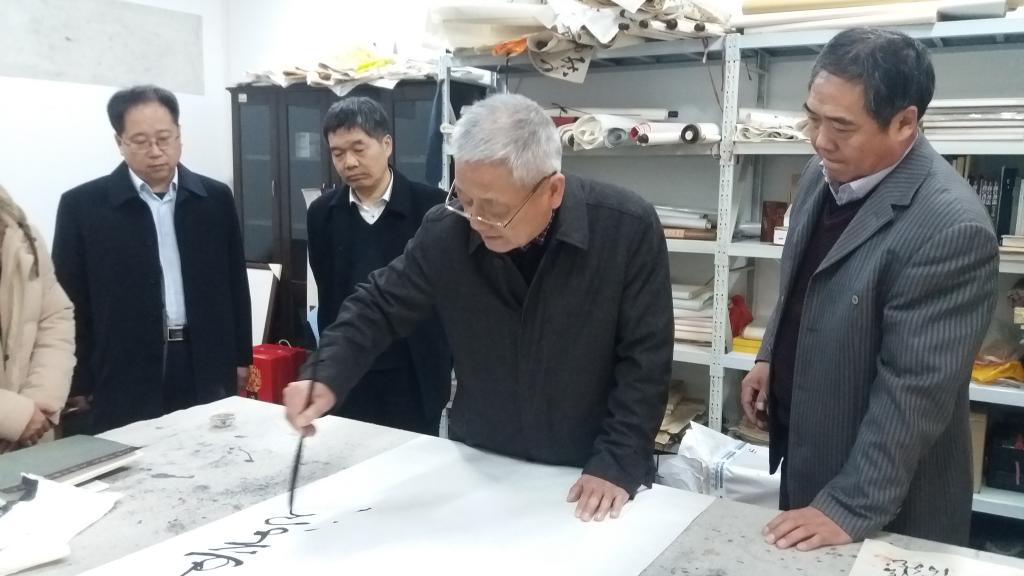
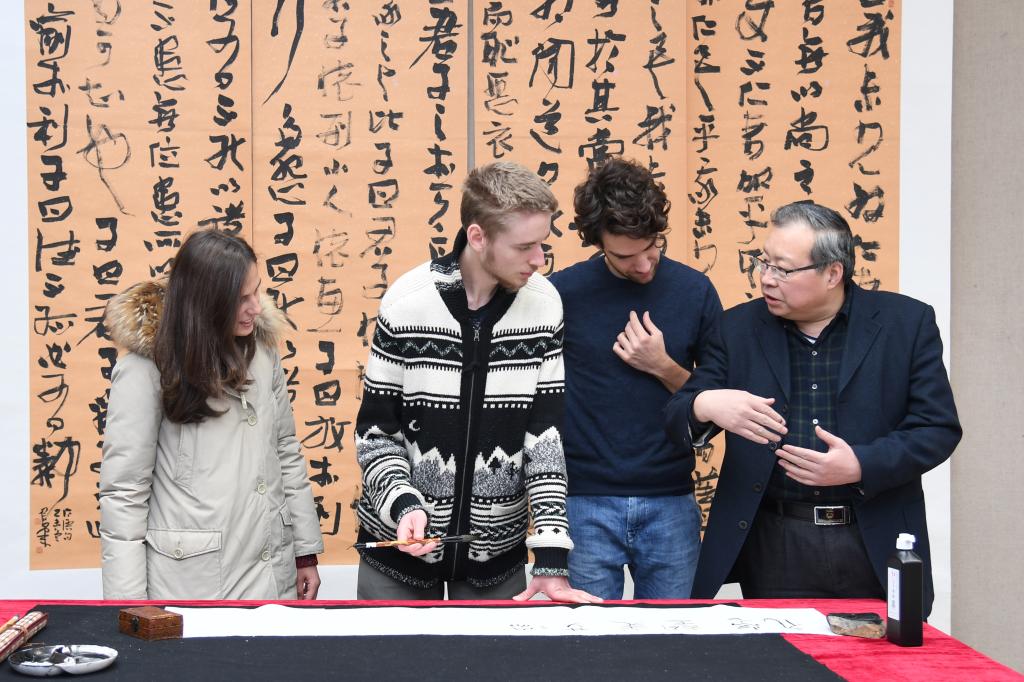
The Calligraphy School is located in Qufu, the hometown of Confucius; It has unique geographical and cultural advantages. Qufu has rich and precious Han Tablet resources around China with over 6,000 pieces of stone inscriptions dating from ancient times. There are 131 essence inscriptions collected by the Qufu Hanwei Museum. They were from the Western Han Dynasty to the Republic of China, running through the whole history of Chinese inscriptions. Among them, there are 6 inscriptions from the Western Han Dynasty, 18 inscriptions from the Eastern Han Dynasty and 4 from the Wei Dynasty which is the most important around China. These rare stone tablets are the most direct and true carriers of historical information. They are also treasures of Chinese calligraphy. The northern neighbor of Qufu, ATai’an, is also a treasure house of calligraphy art. Linyi is the hometown of Wang Xizhi and Yan Zhenqing, which is Qufu's eastern neighbor; We make full use of these precious and unique calligraphy resources to realize our rapid development.
Calligraphy School has perfect teaching conditions and a beautiful teaching environment. We have specialized classrooms, copy rooms, studios, professional exhibition halls and modern multimedia teaching equipment for Calligraphy art teaching. We also have scientific research institutions such as “Calligraphy Art Training Center”and the “Hanbei research Institute”, and more than 10 teaching practical bases in and out of our province. All of these have not only provided a powerful guarantee for the smooth development of calligraphy teaching, but also demonstrated the strong practical teaching characteristics of our calligraphy.
Calligraphy School has great achievements in scientific results. In recent years, we have undertaken 4 national research projects, 23 provincial and ministerial projects, published more than 210 papers in important academic journals, published 22 academic works, participated in more than 20 textbooks, and received 70 provincial and ministerial level teaching and research awards.
For more than a decade, the Calligraphy School has trained more than 1,000 graduates for the society and has become an important force of promoting the fine traditional Chinese culture and serving the calligraphic culture and arts. As one of the few independent professional teaching and research institutes in China, Calligraphy School regularly organizes various kinds of activities such as calligraphy academic lectures, calligraphy contests, and calligraphy exhibitions. We have expanded foreign exchanges and established friendly relations with universities in South Korea, Japan, New Zealand and Taiwan. We open the training centers and calligraphy halls to the society and hold various exhibitions throughout the year. This strong cultural and artistic atmosphere greatly aroused the enthusiasm of students' learning. After several years professional study, they generally possess corresponding calligraphy theories and appreciation of calligraphy.
In the evaluation report on the social demand and training quality of recent graduates of MYCOS in 2014 and 2015, the satisfaction of the calligraphy school to its alma mater was 100% for two consecutive sessions. In the“Evaluation report of Chinese universities and disciplines in 2016”, our university ranked fourth, in 2017 our school ranked second. Calligraphy as part of excellent traditional culture has met a rare opportunity for development under the situation of attaching importance to the Chinese traditional culture and inheriting and carrying forward the fine traditional Chinese culture. We believe that Calligraphy must have a broader and greater development prospect.












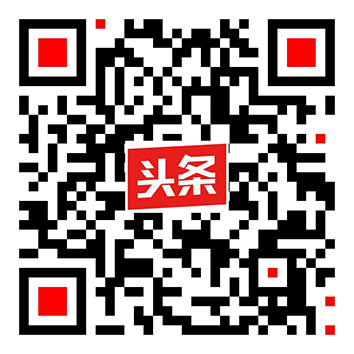





 鲁公网安备 37088102000140号
鲁公网安备 37088102000140号